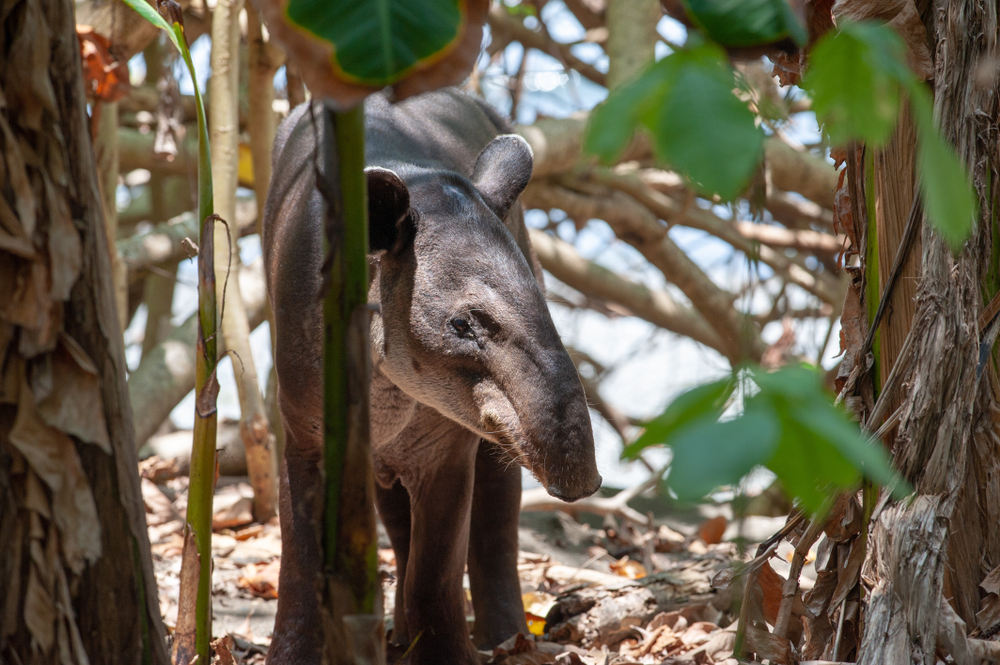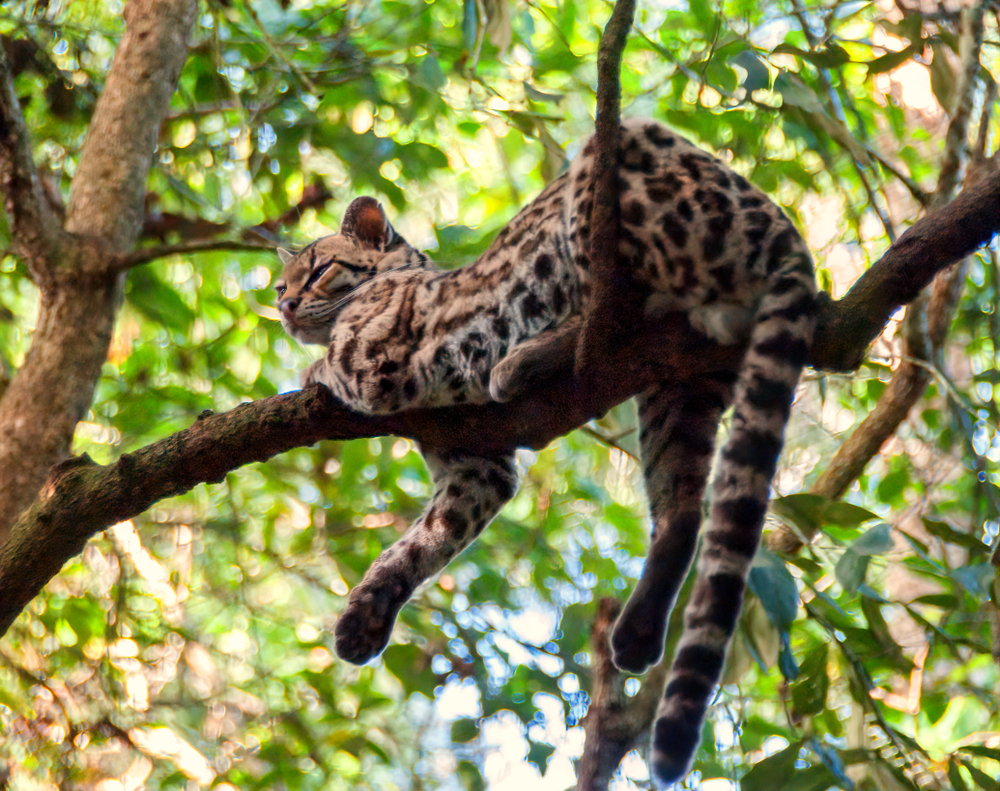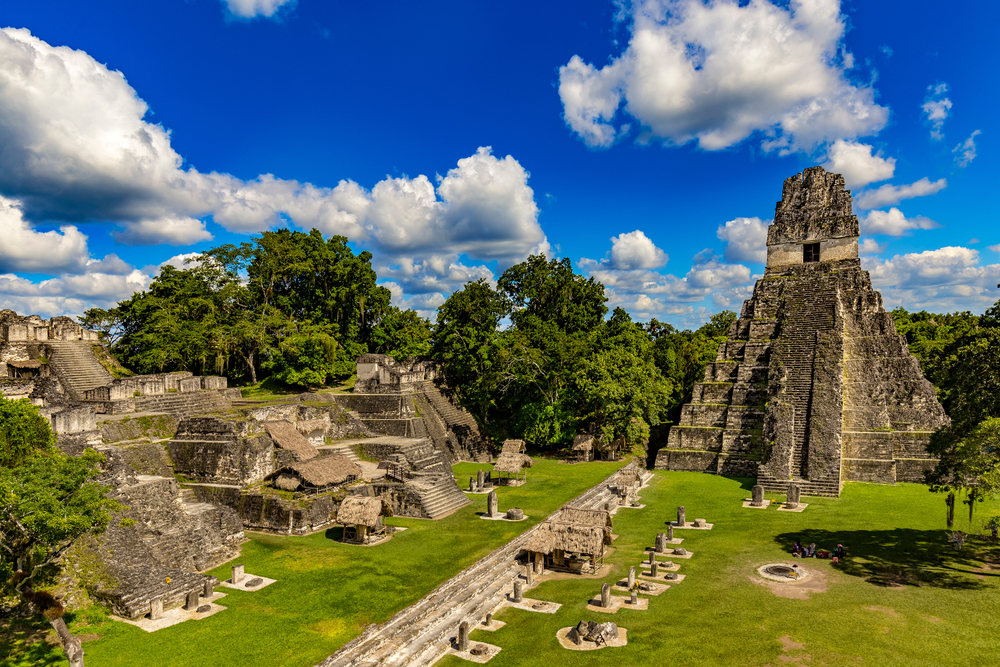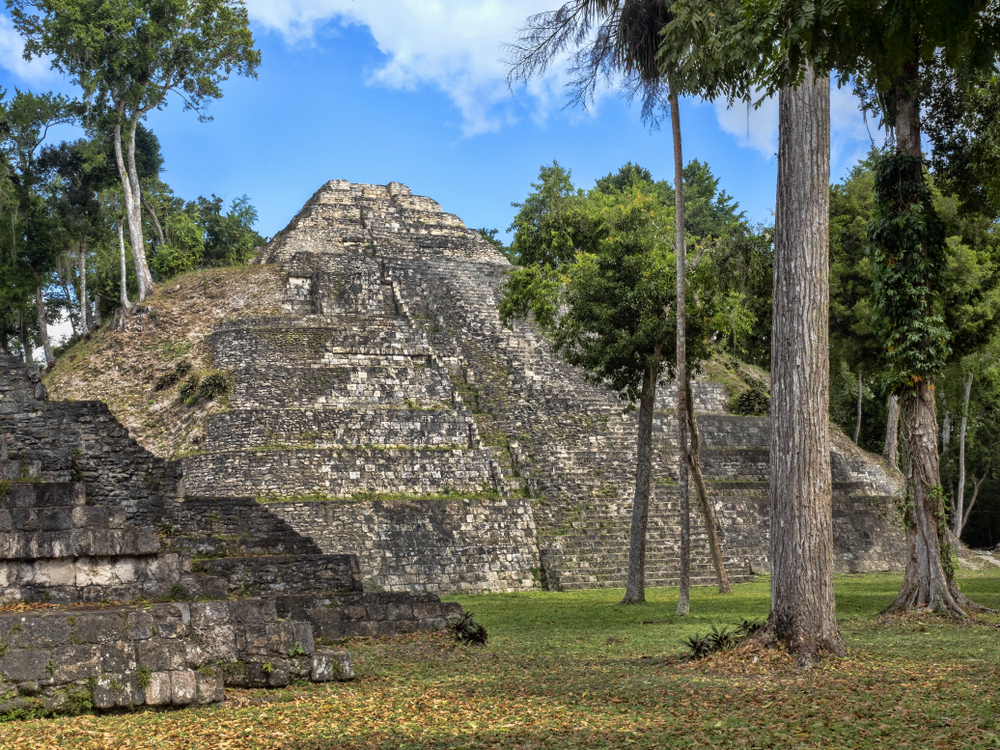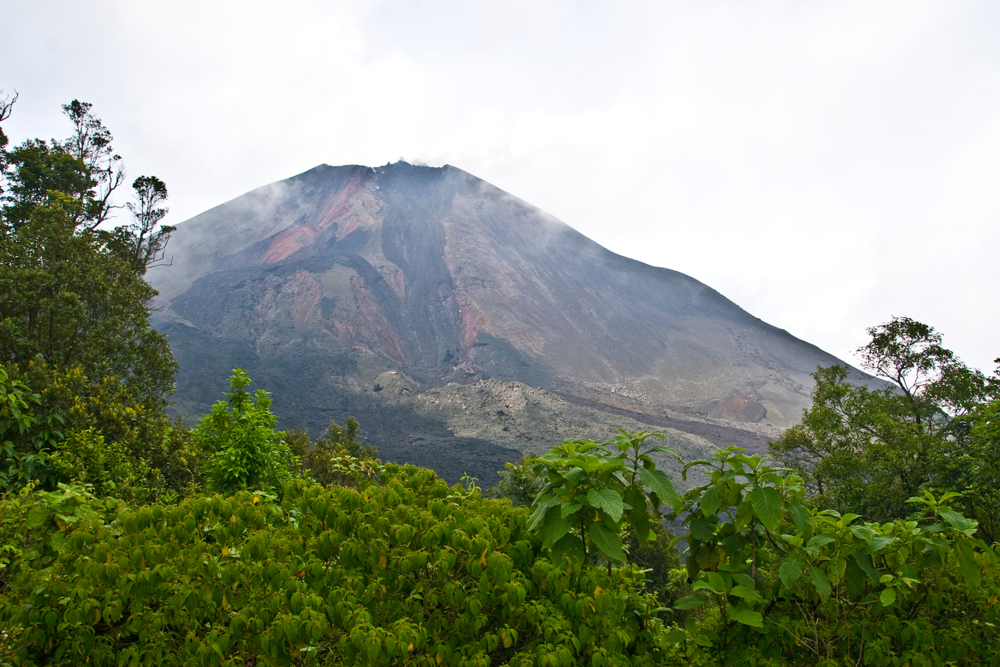Mirador-Rio Azul Overview
Mirador-Río Azul National Park, known locally as Parque Nacional Mirador-Río Azul, is a protected area located in the northernmost region of Guatemala’s Petén Department. Established in 1990, the park encompasses approximately 1,191.59 square kilometers (460 square miles) of dense tropical rainforest.
Strategically positioned, it serves as a critical ecological corridor connecting the tropical forests of Petén with the subtropical dry ecosystems of the Yucatán Peninsula, thereby facilitating biodiversity exchange between Guatemala, Mexico, and Belize.
The park’s terrain is predominantly lowland rainforest, interspersed with unique geological formations such as the gypsum outcrop desert. This particular ecosystem, covering roughly two square kilometers, is characterized by sparse vegetation and is home to endemic species like the spiny-tailed iguana (Cachryx defensor).
The lush landscape is dominated by towering trees, including ramón (breadnut), ceiba, mahogany, copal, and sapodilla, some reaching heights of up to 150 feet. These forests are interlaced with ancient Maya causeways, known as “sacbeob,” which historically connected various Maya cities within the region.
Mirador-Río Azul National Park is a haven for a diverse array of wildlife. It supports stable populations of jaguars (Panthera onca), with research indicating healthy numbers in areas such as Mirador, Naachtun, and Río Azul. Other notable mammals include pumas (Puma concolor), Baird’s tapirs (Tapirus bairdii), white-lipped peccaries (Tayassu pecari), and Yucatán black howler monkeys (Alouatta pigra).
The park’s avian life is equally impressive, featuring species like the ocellated turkey (Meleagris ocellata), scarlet macaw (Ara macao), and the endangered orange-breasted falcon (Falco deiroleucus), which finds one of its last viable habitats along the park’s southern limestone cliffs.
A significant feature of the park is its rich archaeological heritage. It encompasses over 40 major ancient Maya cities, including El Mirador, Nakbé, and Naachtun. El Mirador, often referred to as the “Cradle of Maya Civilization,” is particularly renowned for its monumental architecture. The La Danta complex at El Mirador stands as one of the largest ancient structures globally, rising approximately 70 meters (230 feet) with a base measuring about 300 by 600 meters.
This massive pyramid complex underscores the advanced engineering and organizational skills of the Preclassic Maya civilization. Additionally, intricate stucco friezes depicting mythological scenes, such as the hero twins from the Popol Vuh, have been uncovered, offering insights into the cultural and religious practices of the Maya.
Visitors to Mirador-Río Azul National Park can engage with its natural and cultural wonders through various means. One of the most immersive experiences is the El Mirador Jungle Trek, a five-day, four-night expedition that guides participants through the dense jungle to key archaeological sites like El Tintal, La Muerta, and El Mirador.
This trek allows adventurers to traverse ancient Maya causeways, witness diverse wildlife, and camp under the rainforest canopy, providing a profound connection to both nature and history. For those seeking a less strenuous journey, helicopter tours are available, offering aerial views of the expansive forest and the towering pyramids emerging through the canopy.
The park faces several conservation challenges, primarily due to illegal activities such as logging, poaching, and land clearing for agriculture and cattle ranching, often linked to narcotrafficking operations. These activities have led to significant deforestation within the Maya Biosphere Reserve, with nearly half of its forests lost in the past decade. In response, collaborative efforts between organizations like Global Conservation, FundaEco, and governmental bodies have been initiated to establish a professional ranger force and implement SMART (Spatial Monitoring and Reporting Tool) patrols.
These measures aim to enhance the protection of both the park’s natural ecosystems and its invaluable archaeological sites. Additionally, international cooperation has been strengthened to combat cross-border illegal activities, with initiatives such as constructing firebreaks along the Guatemala-Mexico border to prevent wildfires from encroaching upon the park’s territory.
Despite these challenges, Mirador-Río Azul National Park remains a testament to the resilience of nature and the enduring legacy of the Maya civilization. Ongoing conservation efforts and sustainable tourism initiatives strive to preserve this unique blend of cultural and natural heritage for future generations to explore and appreciate.











































































